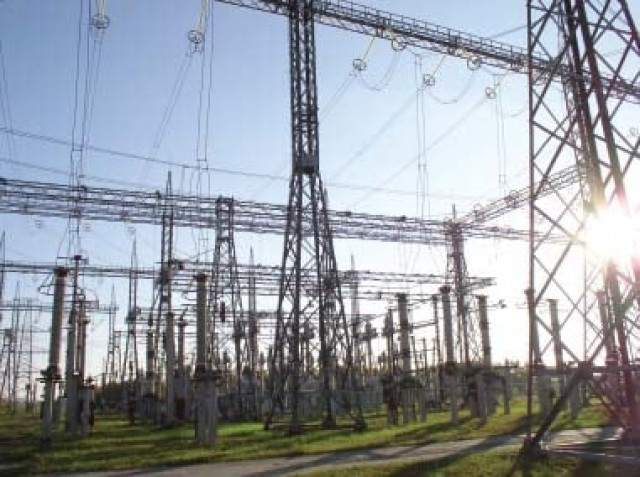Court orders complicate efforts to generate thermal power
As hydro power drops in winter, oil-fired generators need to come online.

As the stay orders issued by several courts prevent the National Electric Power Regulatory Authority (Nepra) from raising electricity prices, the government has yet to come up with a plan of how to pay for the more expensive oil-based power it will need in the winter months as hydroelectricity plants go offline and more natural gas is diverted for use in home heating by domestic consumers.
Since June, the raises in tariffs for power companies approved by Nepra – on account of rising fuel prices – have been held up in courts. The difference between the tariffs currently being charged and those authorised by Nepra has now risen to about Rs74 billion, said Water and Power Secretary Imtiaz Qazi.
Should the courts now decide to vacate their stay orders, the difference will require a jump of Rs9 per unit, or about 140%, to cover the piled up costs, according to sources familiar with the matter.
The courts’ lack of action could not come at a worse time. Winter months are typically very difficult for the power grid since hydroelectric power plants, which produce more than a third of the country’s electricity, go offline due to smaller river flows and regularly scheduled canal cleanings. This year’s closures are scheduled for December 26. In addition, natural gas consumption by domestic consumers increases, making less available for power plants.
As a result, the national grid is reliant more than ever on oil-fired power plants, which produce one of the most expensive sources of electricity – Rs18 per unit, compared to Rs5 per unit for gas and even less for hydroelectricity.
Currently, Jamshoro Power, the Kot Addu Power Company and the Hub Power Company are producing about 500 megawatts, 800 MW and 600 MW respectively against capacities of 800 MW, 1,200 MW and 1,000 MW.
“We will run these plants at full capacity after hydroelectric power generation will decline to 1,200 MW against a capacity of 3,500 MW after the closure of canals,” said a spokesman for the water and power ministry, adding that some thermal power plants are closed and would resume operations at the time of canal closures.
Published in The Express Tribune, December 21st, 2011.






1728020501-0/Express-Tribune-Web-(13)1728020501-0-208x130.webp)




1726134115-0/BeFunk_-(41)1726134115-0-208x130.webp)







COMMENTS
Comments are moderated and generally will be posted if they are on-topic and not abusive.
For more information, please see our Comments FAQ